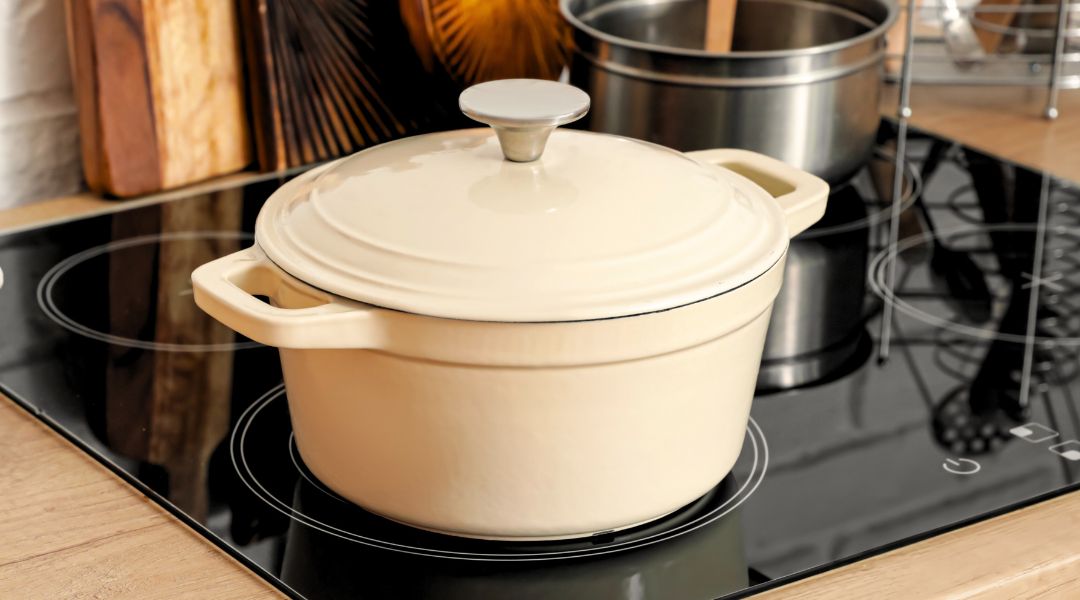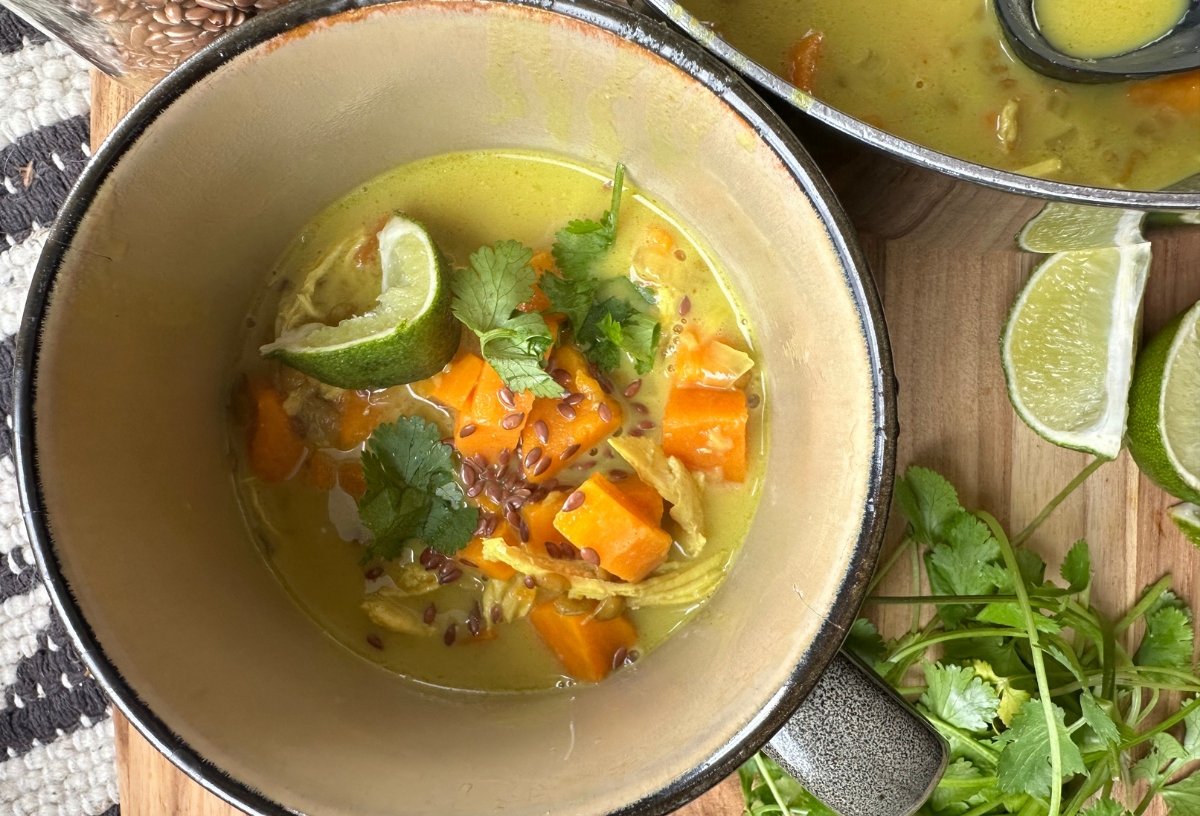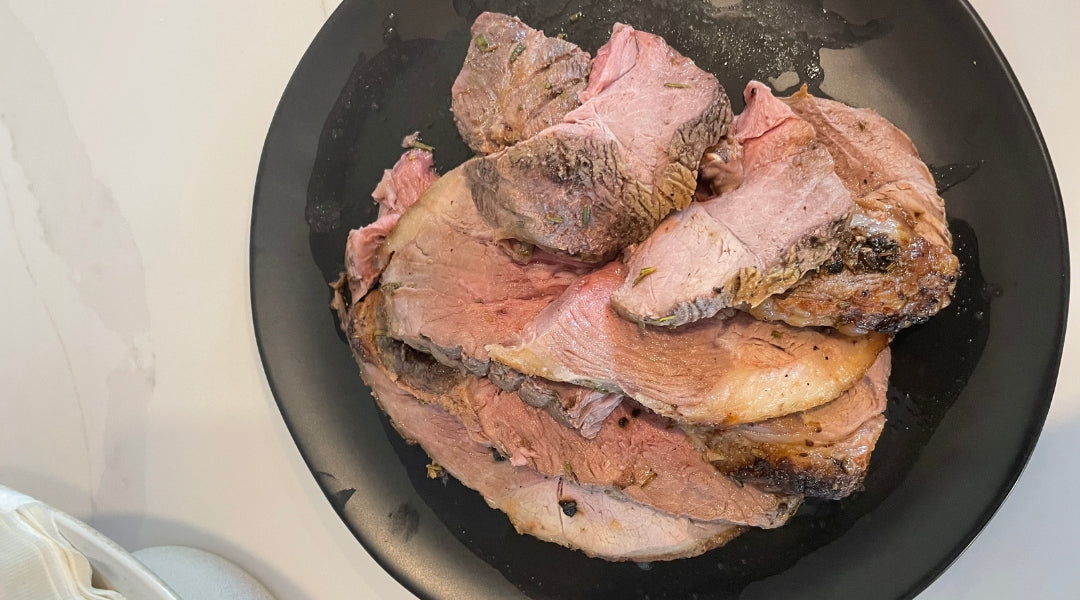The Real Cost of Cheap Food

Whether you choose to eat pasture-raised meat for your health, the environment, to support local farms, or all of the above, we know you've made the conscious decision to prioritize the kind of food you put in your body. We also know it is an added cost to your monthly grocery bill.
People often ask about our prices and compare them to those in grocery stores – which, depending on where you shop, can be markedly different. So we've broken down where our costs go and why eating the healthiest options, for whatever reason you choose to, oftentimes mean spending a bit more.
Firstly, we are a cooperative of small-scale, local family farmers across the United States. We set out to change the way meat is produced and consumed - central to that is growing the next generation of farmers. The sad truth across the country is that family farms are dying out. And in large part, it’s due to industrialization – this has led to:
•A reduction in the number of people working in farming (from 70% in 1840 to under 2% in 2000).
•The average age of a farmer rising to 58 with one-third of farmers aged over 65.
•A reduction in the number of farms in the USA, with 90,000 lost between 2007-2012.
•50% of farms in the USA making less than $10,000 a year.
•66% of production coming from just 4% of farms across the country.
In addition, it has left folks without any knowledge about the vital role farmers’ play in not only feeding the nation but in working with nature to ensure a sustainable future for all. This lack of knowledge has caused:
•Unrealistic expectations around the seasonality of food - meat when raised outdoors on pasture is seasonal.
•Little-to-no knowledge about whole animal raising and availability of cuts of meat - there is a reason steak is expensive - it’s rare.
•Ignorance on practices around livestock raising and processing - chickens and hogs don’t only eat grass - they aren’t meant to - but cows and sheep do and should (although in industrial feedlots they are fed grain).
•Misunderstandings about the differences between factory farming and regenerative agriculture and the impacts of both - raising animals inside isn’t normal and it shouldn’t be considered ok.
Northwest Arkansas is the heartland of industrialized chicken farming. So it’s all the more interesting that this is where our cooperative started. We were first-generation farmers, with lofty ideals and goals – we wanted to connect with the land and improve it, treat our animals with respect, feed our families and customers nutritious food, and produce the highest quality product possible. So we set out to prove it was possible to go back to regenerative farming, pay everyone in our chain a living wage, and encourage other farmers to join us. And it’s this point - paying everyone a living wage that we need to understand.
The industrialized farming model led to a situation where the people who actually grow and process your food are not paid a living wage. You can see it in the hard, cold stats listed above. 50% of family farms make less than $10,000 a year. It’s not a viable way of life and it’s forcing the next generation to flee to make livings elsewhere. According to the USDA, the average industrial broiler chicken farmer gets paid $0.06 per pound. A Grass Roots farmer receives $0.90 per pound. This amounts to two-thirds of the food dollar going back to our farmers. Earning more allows Grass Roots farmers to reach a living wage at a smaller scale, which is more environmentally responsible. Additionally, Grass Roots cash-flows a farmer’s major inputs, such as supplemental grain (for poultry and hogs) and livestock purchases, thus breaking down more of the barriers that beginning and scaling farmers face.
We also own our own processing plant. Workers in these plants are some of the lowest paid in the nation. Little to no stability, hourly pay at such low rates they are among the unbanked. Owning our own plant means we can ensure the highest standards at every step in the process and we can pay our staff a living wage helping lift them out of poverty and providing a future for them and their families. Having said all that, this is a complex and expensive business to run. Farmers and workers in our cooperative are being paid a living wage - not living high on the hog. And while it’s certainly reasonable to think that a farmer-owned cooperative should be able to sell their foods more inexpensively—since essentially it’s a farm-to-front-door model—unfortunately, food systems in our country are actually set up quite differently.
Building a business that supports small-scale farmers is extremely challenging. Part of the problem is that farming responsibly is not cheap. But, largely, it’s an issue of scale. A Grass Roots Prairie schooner—the portable, open-aired structure that houses our chickens continually access to fresh pasture—is home to about 500 birds. A large chicken house owned by big poultry can hold about 25,000 birds. Each house. So, while the largest Grass Roots farm is raising less than 1500 chickens at a time, CAFO can raise upwards of 100,000 chickens - on a single farm.
When you buy from Grass Roots you are buying quality, nutritious food that can feed a family. We believe in no waste and encourage multiple meals from our meats. A whole chicken for example can feed a family of four for 3 meals (roast for meal 1, curry or salad for meal 2, make broth with the carcass for meal 3). We also like to point to the cost per pound of other items - a Snickers bar for example at $.74 per ounce costs $11.84 per pound. Grass Roots ground beef which is packed with nutrients and feeds a family of four is $9.75 a pound and that whole chicken we talked about above?
Well, you can feed a family of four, 3 meals for just $7 a pound with that. Michael Pollan put it well in his book In Defense of Food: "Is it just a coincidence that as the portion of our income spent on food has declined, spending on healthcare has soared? In 1960 Americans spent 17.5 percent of their income on food and 5.2 percent of national income on healthcare. Since then, those numbers have flipped: Spending on food has fallen to 9.9 percent, while spending on healthcare has climbed to 16 percent of national income. I have to think that by spending a little more on healthier food we could reduce the amount we have to spend on healthcare.”
In addition to serving multiple meals to you and your family, our meat is packed with nutrients you need every day and has higher levels when compared to industrially raised animals. What this means is you are getting vital nutrients you might not otherwise have without supplemental help.
Our cooperative was established by farmers who think differently about how food should be raised, distributed, purchased, and consumed. Yes, it’s a complex and expensive business to be in but we’re willing to take risks and grind towards a revitalized food system because we believe we can make this change sustainable. We believe in being better than the status quo—in ridiculously high standards and in accountability.
When you look at the numbers, the answer is pretty straightforward. So maybe the better question to ask is, “What’s the real cost of cheap food?”
Recent Posts



 Tender and succulent, it's the perfect centerpiece for any holiday feast, elevating your meal with its exquisite taste and elegant presentation. Delight your guests with this sophisticated dish, sure to leave them craving more of its indulgent perfection.
Tender and succulent, it's the perfect centerpiece for any holiday feast, elevating your meal with its exquisite taste and elegant presentation. Delight your guests with this sophisticated dish, sure to leave them craving more of its indulgent perfection.



